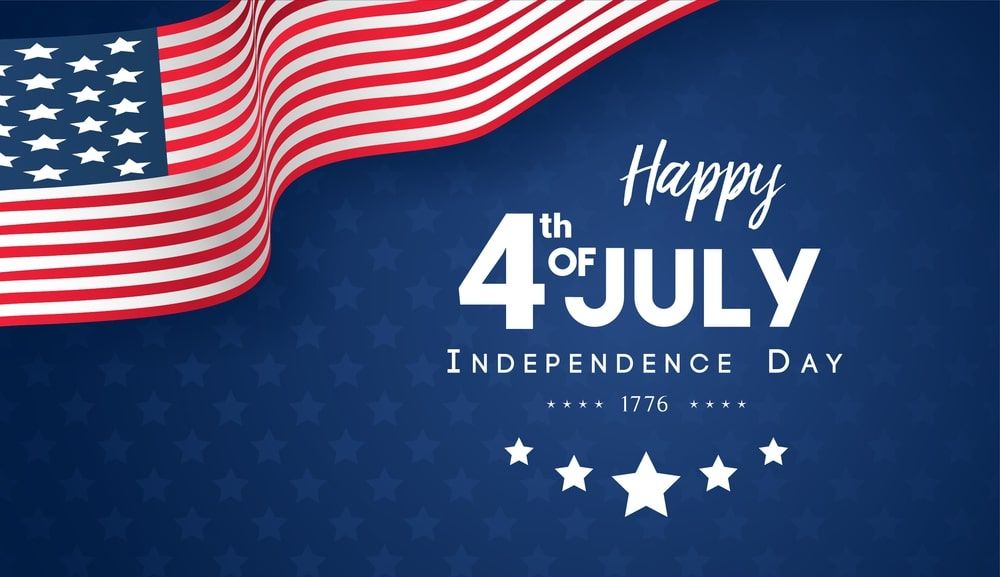The United States celebrated its Independence Day on Sunday, the 245th anniversary of its founding and this year a symbolic renewal of many family and public celebrations that had been curtailed for more than a year by coronavirus pandemic restrictions.
The members of the Continental Congress signed the declaration in Philadelphia on July 4, 1776, a day subsequently celebrated as Independence Day in the United States.
U.S. President Joe Biden and first lady Jill Biden invited 1,000 first responders and military personnel to the White House for a barbecue picnic and a prime view of the annual fireworks show on the nearby National Mall.
In New York, 65,000 fireworks shells have been loaded onto five barges to shoot off at nightfall.
Communities large and small across the country staged their own parades and celebrations, with booming fireworks set to close out the day. Many families got together again for backyard picnics and met up with friends and relatives they had not seen for months or longer, some not since the coronavirus took hold in the United States in March 2020.
Many airports were jammed with travelers. The American Automobile Association said July 4th road travel was expected to be the heaviest ever for the holiday, with an estimated 43.6 million Americans driving to be with friends and relatives.
The U.S. did not meet Biden’s goal of 70 per cent of the country’s adults having at least one coronavirus vaccination in time for the holiday, but it came close at 67.1 per cent.
Health officials continue to urge Americans to get vaccinated, although young people in particular and those living in states that voted for Biden’s predecessor, Donald Trump, in last November’s election showing the most reluctance to get vaccinated.
The government’s Homeland Security agency warned state and local police last week of the possible threat of violence by domestic extremist groups over the holiday weekend, but the day appeared to be peaceful.
The Fourth of July is celebrated as America’s Independence Day in observance of July 4, 1776, when representatives from the 13 colonies that became the United States approved the historic Declaration of Independence, a grand announcement of the colonies’ self-declared independence from England.
“We hold these truths to be self-evident, that all men are created equal, that they are endowed by their Creator with certain unalienable Rights, that among these are Life, Liberty and the pursuit of Happiness,” the country’s founding fathers wrote in the Declaration of Independence.
But women were not considered equal, and many of the signers of the declaration were slaveholders who did not view slaves as equal or endowed with rights.
In July 1852, Frederick Douglass, a former slave and great orator who traveled the country and abroad to lecture about the evils of slavery, was invited to give a speech in Rochester, New York, about the Fourth of July.
In what is perhaps his most famous speech, Douglass asked, “What, to the American slave, is your 4th of July? I answer; A day that reveals to him, more than all other days in the year, the gross injustice and cruelty to which he is the constant victim.”
In its 245th year, America continues to struggle with inequalities based on race and gender, but officials often say, it is striving for “a more perfect union.”
Reports from Reuters

